I have had a .50 cal Muzzleloader now for a couple of years and have been working towards getting my first game animals with it.
After replacing the factory open sights with a ghost ring / globe sight, accuracy improved and I had been able to shoot hares and rabbits at close range.
Last winter I got on to a couple of handy red deer and managed to miss a reasonably easy close shot !!
So I decided I needed to put a period correct telescope sight on it so that my middle age eyes could see exactly where I wanted the shot to go.
So I brought in a 3x Malcolm Short telescope sight and a set of offset mounts from USA.
Offset mounts shift the scope across from the line of the bore so that the percussion hammer is not restricted.
I set it all up in the mill and drilled and tapped the 6 mounting screws into the octagonal barrel.
These scopes are a modern reproduction of a 1850s style externally adjustable telescope.
They are relatively cheap and sufficiently well made for the task and look the part on the muzzleloader.
Adjustment was easy to zero to be just a little high at 50m and zeroed at 75m
Grouping was around 30>40mm at 50m and I could now be reasonably sure to hit around where I am aiming.
Once it is adjusted the turrets are locked down and things should stay as per settings.
I have put a sliding front mount piece on it so that the scope doesn't recoil with the rifle and it should avoid the recoil damaging the optics.
Its a little bit like looking through a drinking straw ... but its crisp and clear.
The eyepiece has focus adjustment for individual eyesight etc
So after having picked up a very good red stag with the conventional rifle recently I decided to do a muzzleloader only trip to the West Coast for a few days.
Arrived late Monday and set up a decent camp because the forecast was for it to rain every day but not rain all day.
First hunt started very early Tuesday morning.
Kayak across the river and work up through 3 huge river terraces to the target area and slowly hunt along as the light starts to fill in.
Saw a few deer very early but they were in the open and I wanted to find something in the scattered cover that I would be able to stalk.
Found an animal at 100m in light scrub but couldn't see what it was.
Stalked in to 50m and waited to see it again and the used a couple of trees to get to around 20m from where I thought it would be.
Waited a couple of minutes to see it was coming towards me still.
Quietly brought the muzzleloader to full cock as he came into view and shot him inside the shoulder from almost front on.
He dropped absolutely on the spot and didn't even roll over.
When the smoke cleared ( i use black powder ) the antlers were still moving just a little so I reloaded just in case he jumped up when I went up to him.
By the time I had reloaded ( about 20 seconds ) and walked up to him he was totally dead.
This is exactly as he fell.
320 grain pure lead projectile had gone in through the front edge of the shoulder and out through the last 3 ribs of the off side.
The lungs were wrecked and the inside was a huge mess.
I am very pleased with the terminal performance ... but to be fair it was a 17m shot.
I saw 13 deer on that mornings hunt and considering it was going to be a yearling, spiker or stag only this was the very best outcome for my first ever muzzleloader big game kill.
Then I spent most of my time fishing and chilling out because it was very hot and the rain never really happened.
On the last morning I got on to a group of 5 wild pigs and got into reasonable range and took a nice very fat boar with a head shot at 50m.
As you would expect when it was shot just behind the ear, through the neck and out the off side elbow he went down and never really moved a muscle after that.
So I'm delighted with the terminal performance and accuracy potential.
The Malcolm telescope is a great solution for aging eyes and keeping it real with primitive hunting weapons.
I am doing some guiding on a couple of fly in tahr and chamois trip this autumn and will take the muzzleloader along and see if I can pick up a few more game species.
Welcome guest, is this your first visit? Create Account now to join.
Welcome to the NZ Hunting and Shooting Forums.
Search Forums
User Tag List
+ Reply to Thread
Results 1 to 15 of 34
Thread: Muzzleloader Hunting
-
23-02-2019, 09:15 AM #1Member

- Join Date
- Dec 2014
- Location
- canterbury
- Posts
- 6,845
Muzzleloader Hunting
-
-
23-02-2019, 09:26 AM #2
Awesome; 320 grains of lead would do the job on most things!
Cool looking shooter too!
-
23-02-2019, 09:31 AM #3
-
23-02-2019, 12:06 PM #4Member

- Join Date
- Jan 2018
- Location
- kaiapoi
- Posts
- 7,366
Good stuff.
-
23-02-2019, 12:22 PM #5Member

- Join Date
- Jun 2014
- Location
- wellington
- Posts
- 489
looks like fun ! you would want one shot kills ,cause the animals will be long gone for the follow up !
-
23-02-2019, 01:09 PM #6
-
23-02-2019, 01:52 PM #7
Super effort. I've only shot a few goats and one small pig with mine (58 cal springfield repro) but 480 grains of lead really do tip them over.
-
23-02-2019, 02:30 PM #8Banned

- Join Date
- Mar 2015
- Location
- North Canterbury
- Posts
- 5,462
Very attractive firearm, the blueing on the side plate looks fantastic. The stag has a nice head too. What a shame he doesn't have Beys - would make him a very pretty 12
-
23-02-2019, 03:22 PM #9Member

- Join Date
- Jul 2014
- Location
- BOP
- Posts
- 4,074
Very well done, those big slugs sure are effective. Nice stag and pig.....who needs a modern shooter when you have one of these.
-
23-02-2019, 03:26 PM #10
VERY NICE STAG AND BOAR... a tidy set of antlers that would look great on any wall. lovely looking weapon and it seems you are putting it to great use. so I see .50 cal and 320grn lead....I take it thats a ball??? how much of what powder are you pushing it with???
-
23-02-2019, 04:15 PM #11Member

- Join Date
- Dec 2014
- Location
- canterbury
- Posts
- 6,845
320 grain projectiles are cast pure lead conicals
balls for a 50 cal are about 180 grain but my rifles twist is to fast for balls and it rips the patches to pieces
I would like to have been able to use the balls for practice on hares and rabbits but I'm very happy with how the bigger projectiles are shooting.
The conicals are very accurate with the telescope set up and grouping around 30mm at 50m
I also have a mold for 400 grain projectiles and will start trying them for if in the future I go after a bull tahr.
I'm using 80 grains of Holy Smoke FFFG because the barrel is only 25" long
I run the faster FFFG and am getting around 1500 fps with the 320 grainer
-
23-02-2019, 04:41 PM #12Member

- Join Date
- Dec 2011
- Location
- Clutha
- Posts
- 1,470
Ha, ha... nice to see my old rifle being used well!
Well done
-
23-02-2019, 05:27 PM #13Member

- Join Date
- Dec 2014
- Location
- canterbury
- Posts
- 6,845
-
23-02-2019, 05:36 PM #14
-
23-02-2019, 06:21 PM #15
Excellent result! Congratulations to you!
"Sixty percent of the time,it works every time"
Similar Threads
-
Muzzleloader trials and tribulations !
By akaroa1 in forum Reloading and BallisticsReplies: 13Last Post: 31-12-2017, 01:01 PM -
Muzzleloader kit set rifles?
By kimjon in forum Firearms, Optics and AccessoriesReplies: 2Last Post: 21-09-2014, 09:48 PM -
Importing Muzzleloader
By Tasbay in forum Firearms, Optics and AccessoriesReplies: 7Last Post: 10-06-2014, 04:46 PM
Tags for this Thread
Welcome to NZ Hunting and Shooting Forums! We see you're new here, or arn't logged in. Create an account, and Login for full access including our FREE BUY and SELL section Register NOW!!





 46Likes
46Likes LinkBack URL
LinkBack URL About LinkBacks
About LinkBacks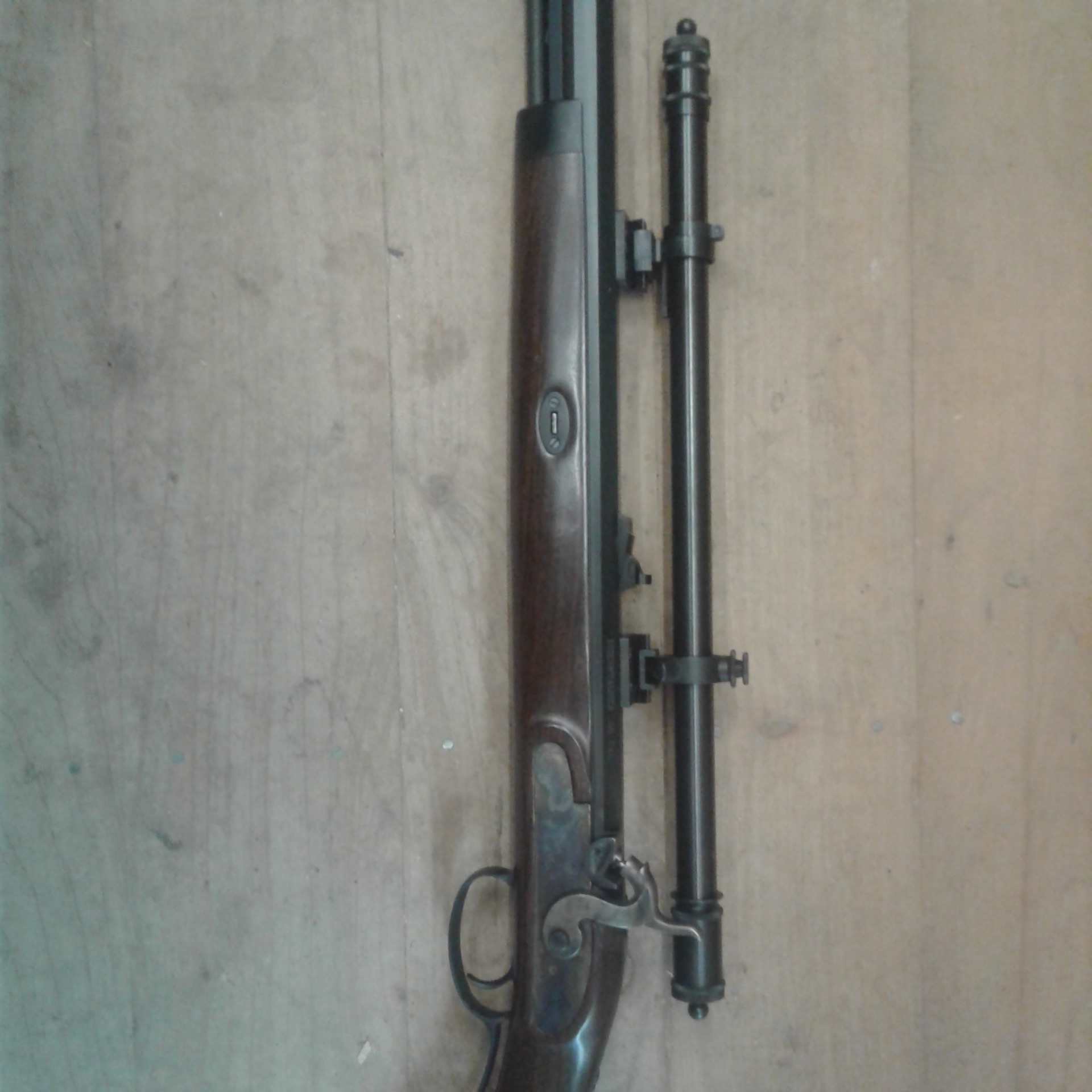
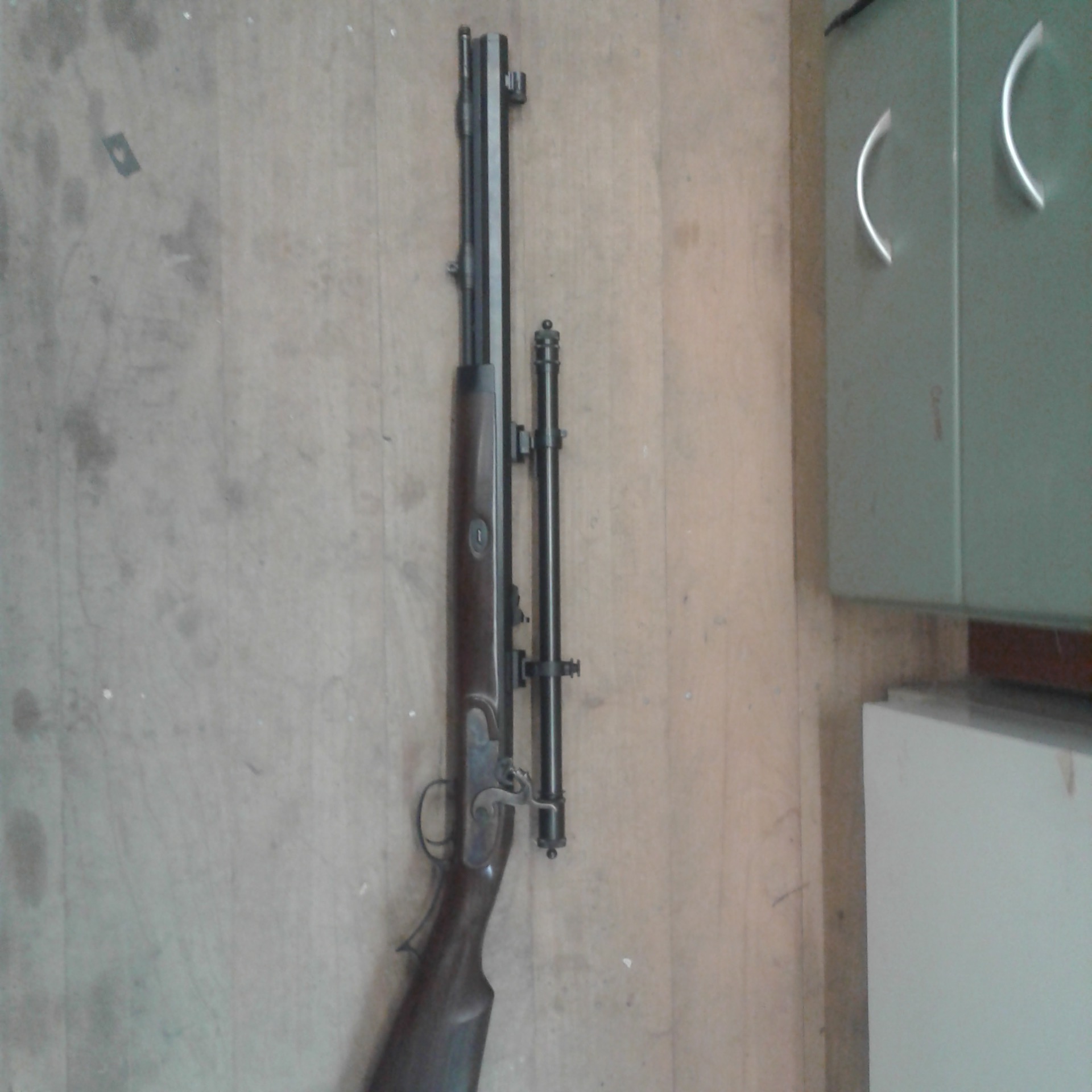
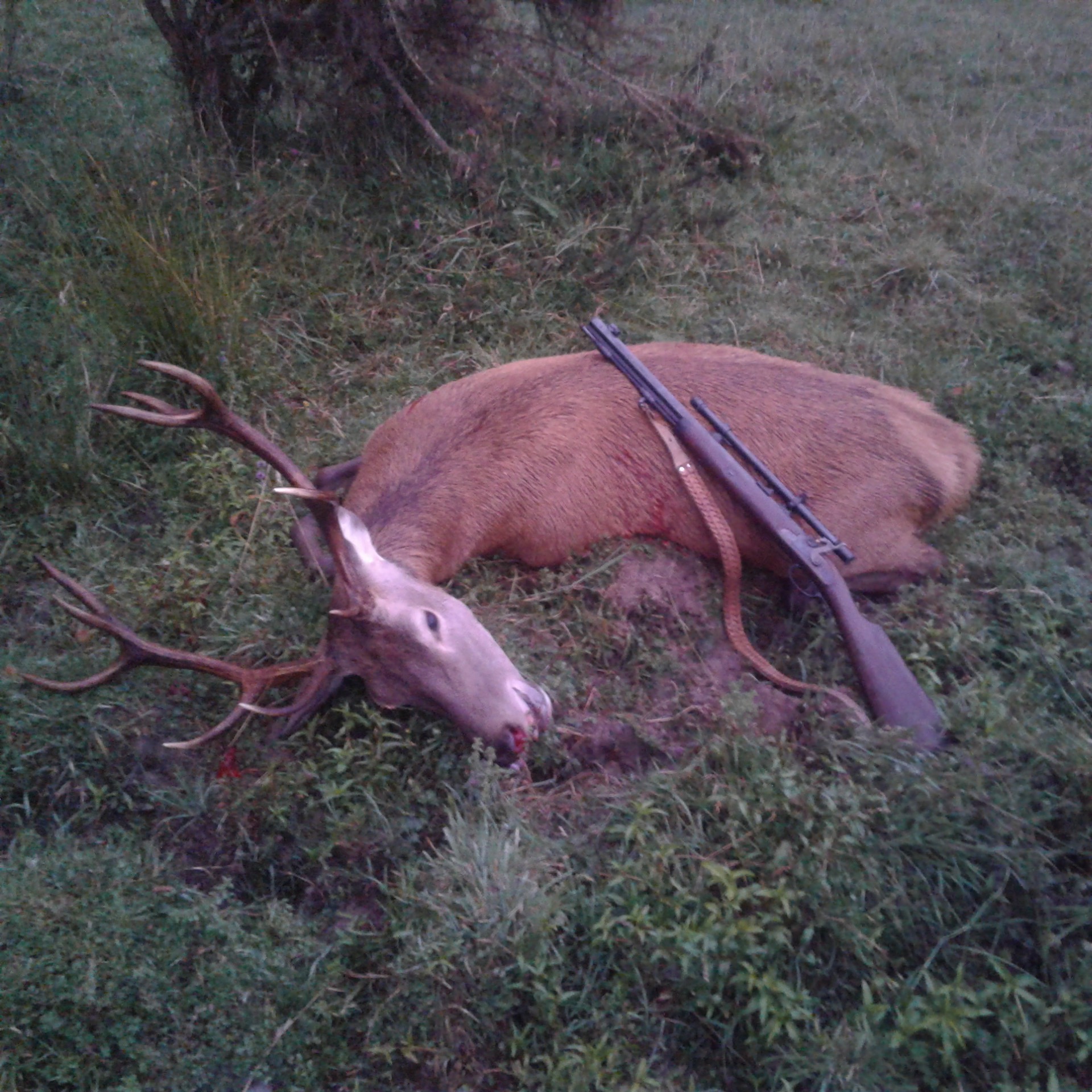
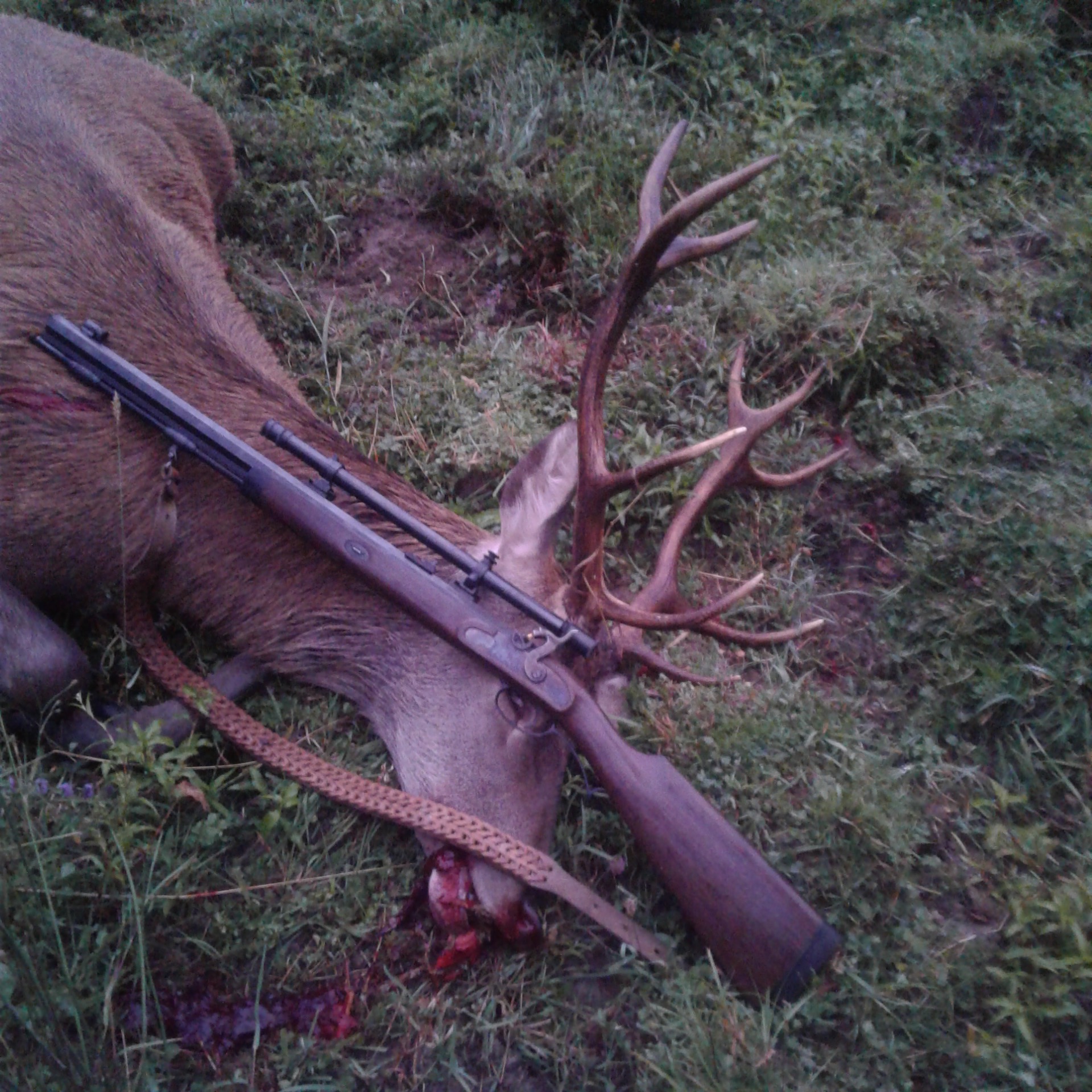
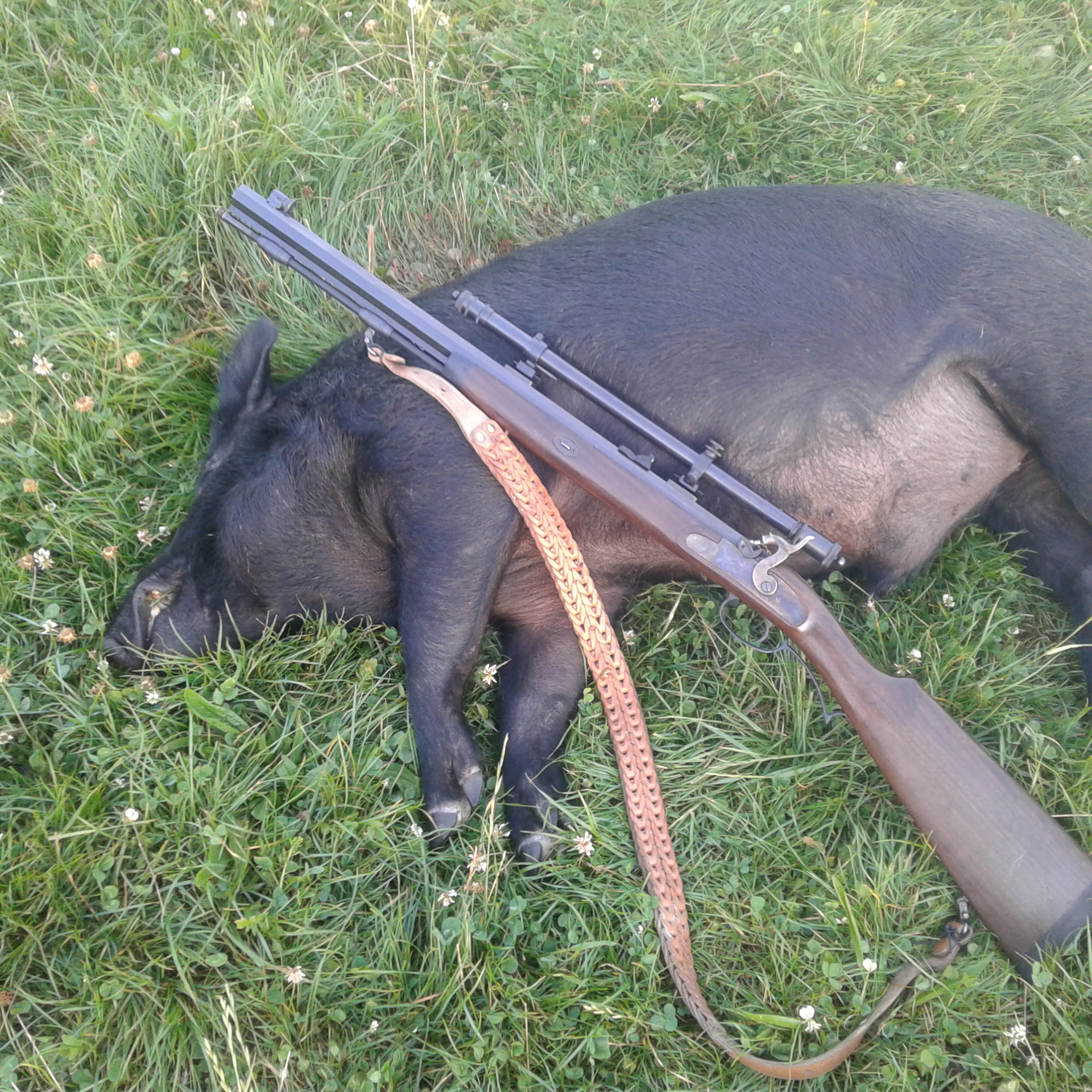




 Reply With Quote
Reply With Quote



Bookmarks